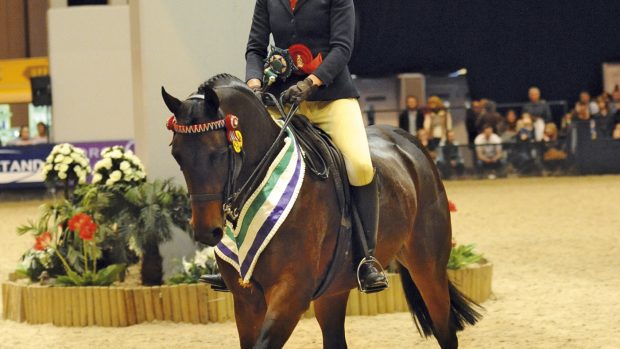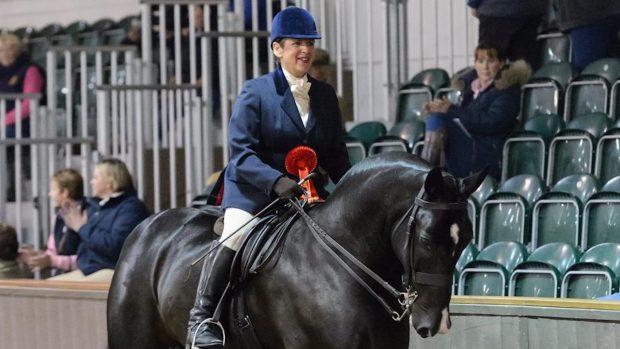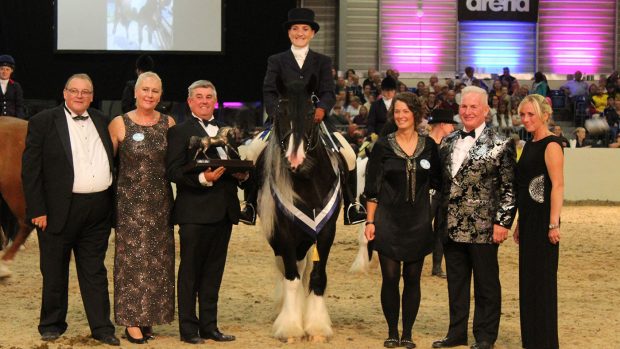Q: I own a five-year-old 15.2hh gelding and I am planning to show him in small riding horse classes this season. So far in his career he has competed in dressage. He always behaves sensibly when horses around him are working quietly, as they usually are at dressage competitions, but he is still inclined to buck if a horse canters past, or if something excites him. I am therefore a bit anxious about how he’ll react in the ring when he has to gallop with other horses. Are there any ways I can prepare him for this and hopefully avoid the possibility of him buckingin the ring?
Liz Clemence BHSII replies: With thoughtful riding and lots of careful preparation, you should be able to minimise the risk of your horse becoming over-enthusiastic in the ring.
To help prepare your young horsefor his first show, work him with other horses as well as on his own whenever possible. When you are hacking out, ask him to go behind and in front of the other horses in all paces, keeping him calm and controlled so he remains settled.
Also,practise lengthening and shortening the canter at home when you are schooling so that he accepts it as part of his education rather than something to become over-excited or flustered about.
The busy atmosphere of a show-ground always creates a stimulating environment for a young or novice horse. If possible, take him to a few shows to familiarise him with some of the sights and sounds before actually putting him in the ring.
Work him quietly around the showground, giving him an opportunity to cope with his new surroundings.
On the day of your show, give yourself plenty of time on arrival to work your horse in, find the ring and prepare for the class. If space and going allows, it is often beneficial to lunge a young ornovice horse for a while, prior to riding him in, as this allows him the opportunity to have a buck and use up some energy before you mount.
The amount of working in each horse needs will vary hugely on his temperament, fitness and experience. However, it is usually better to have him well worked in so he is really settled.
In the ring, try to keep yourself in a space and avoid bunching up with other horses as this may unsettle your horse. If necessary circle away to find a space.Keep an eye on the ring steward so that you are prepared for changes of pace or rein and try to avoid overtaking other competitors in front of the judge.
For a polished looking gallop, use your ring wisely and be aware of what others are doing around you. Position yourself so you’re in a space and unlikely to have a horse galloping up behind you.
Gradually ask your horse to lengthen his stride as you come around the corner so he flattens out and covers the ground yet stays calm. Ride him forward from your leg into a constant but allowing rein contact. A riding horse class is partially judged on manners, obedience and ride so all your transitions should be as accurate and obedient as possible.
Do not feel disheartened if your horse does buck in the ring occasionally in the early days. Keep his head up and ride him firmly forward. It may help to work him a bit harder prior to putting him in the ring next time. It can also be beneficial to give horses a little morework and then go back in the ring later in the day.
As long as your horse’s first few ring experiences are as calm as possible and you attempt to stay out of trouble, he will most likely soon learn what is required of him.
You’ll also becomefamiliar with how your horse reacts in the ring and be able to work him accordingly.
| Click here to subscribe to HORSE magazine, which is packed with horsecare features every month |




